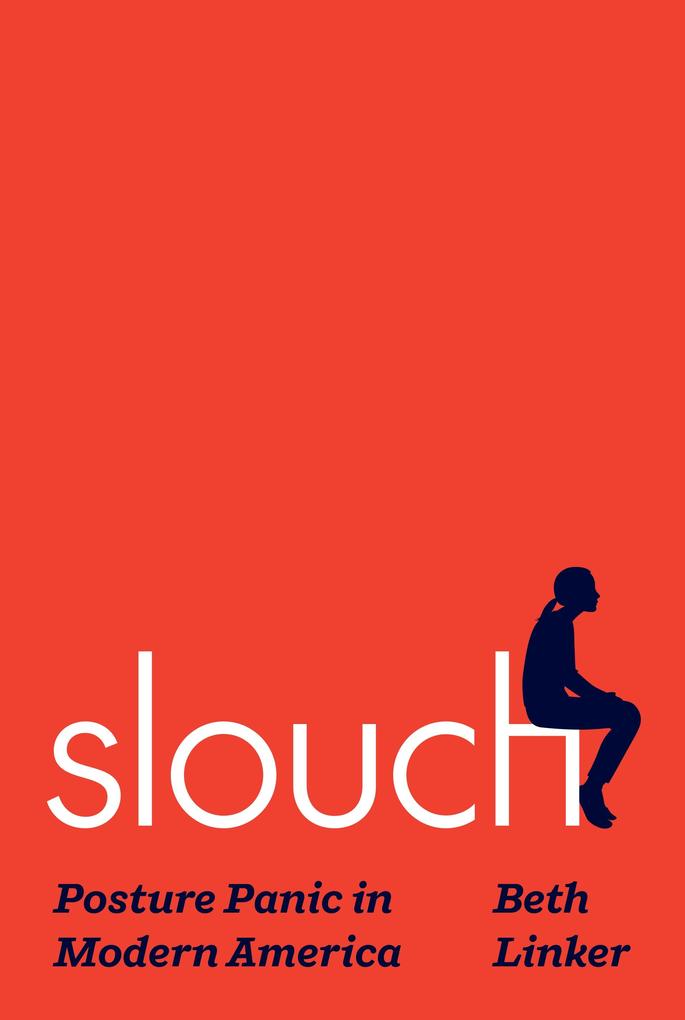Bücher versandkostenfrei*100 Tage RückgaberechtAbholung in der Wunschfiliale
10% Rabatt10 auf Tonieboxen, Figuren & Zubehör mit dem Gutscheincode: TONIE10
Jetzt einlösen
mehr erfahren
Zustellung: Sa, 15.03. - Di, 18.03.
Sofort lieferbar
VersandkostenfreiBestellen & in Filiale abholen:
"This book is a historical consideration of how poor posture became a dreaded pathology in the United States at the turn of the twentieth century. It opens with the "outbreak" of the poor posture epidemic, which began with turn-of-the-century paleoanthropologists: If upright posture was the first of all attributes that separated human from beasts - and importantly a precondition for the development of intellect and speech - what did it mean that a majority of Americans slouched? By World War I, public health officials claimed that 80% of Americans suffered from postural abnormalities. Panic spread, setting into motion initiatives intended to stem the slouching epidemic, as schoolteachers, shoe companies, clothing manufacturers, public health officials, medical professionals, and the popular press exhorted the public toward detection. Wellness programs stigmatized disability while also encouraging the belief that health and ableness could be purchased through consumer goods. What makes this epidemic unique is that, in the absence of a communicable contagion, it was largely driven by a cultural intolerance of disabled bodies, with notions of "ableness" taking hold for much of the twentieth century. The author traces this history through its consequential demise, as social movements of the 1960s prompted people to push back against invasive and discriminatory standards. Large-scale physical fitness assessments designed to weed out defective bodies relied on compliant participants, and the Civil Rights and Women's Movement, as well as the anti-Vietnam war protests and Disability Rights Movements eventually halted that supply, and in the 1990s a public outcry destroyed many of the archives and materials collected. Nevertheless, anxiety over posture persists to this day"--
Produktdetails
Erscheinungsdatum
09. April 2024
Sprache
englisch
Seitenanzahl
392
Autor/Autorin
Beth Linker
Verlag/Hersteller
Produktart
gebunden
Gewicht
712 g
Größe (L/B/H)
239/163/30 mm
ISBN
9780691235493
Entdecken Sie mehr
Bewertungen
0 Bewertungen
Es wurden noch keine Bewertungen abgegeben. Schreiben Sie die erste Bewertung zu "Slouch" und helfen Sie damit anderen bei der Kaufentscheidung.









